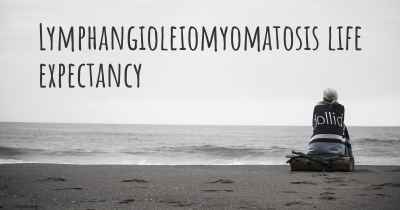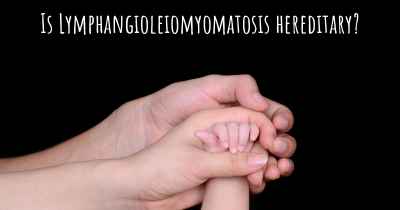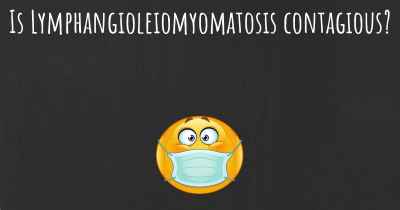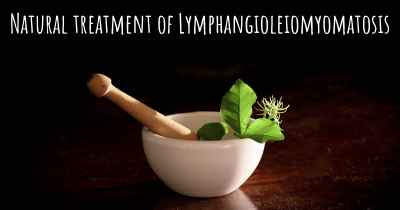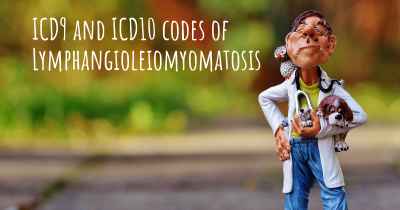Does Lymphangioleiomyomatosis have a cure?
Here you can see if Lymphangioleiomyomatosis has a cure or not yet. If there is no cure yet, is Lymphangioleiomyomatosis chronic? Will a cure soon be discovered?
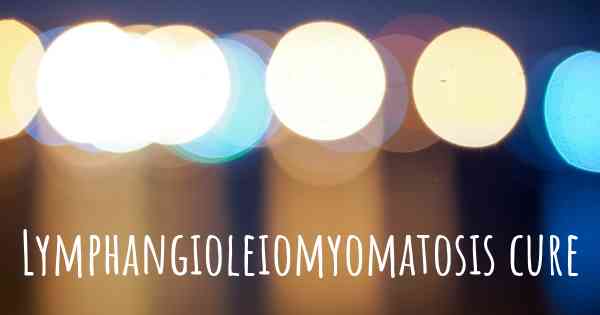
Lymphangioleiomyomatosis (LAM) is a rare lung disease that primarily affects women. Unfortunately, there is currently no known cure for LAM. However, there are treatment options available to manage the symptoms and slow down the progression of the disease. These may include medications, lung transplantation, and supportive therapies. It is important for individuals with LAM to work closely with their healthcare team to develop a personalized treatment plan.
Lymphangioleiomyomatosis (LAM) is a rare and progressive lung disease that primarily affects women of childbearing age. It is characterized by the abnormal growth of smooth muscle cells, called LAM cells, in the lungs, lymphatic system, and other organs. LAM can lead to the formation of cysts in the lungs, causing breathing difficulties, recurrent pneumothorax (collapsed lung), and reduced lung function.
Unfortunately, at present, there is no known cure for LAM. However, there are treatment options available to manage the symptoms, slow down disease progression, and improve the quality of life for individuals with LAM.
Pharmacological therapies are commonly used to treat LAM. One such medication is sirolimus (also known as rapamycin), which has shown promising results in reducing the size of lung cysts, improving lung function, and stabilizing disease progression. Sirolimus works by inhibiting the abnormal growth of LAM cells. Other medications, such as hormonal therapies, may also be prescribed to manage symptoms and slow down disease progression.
Lung transplantation is considered as a treatment option for individuals with advanced LAM who experience severe respiratory impairment. Lung transplantation can significantly improve lung function and quality of life for eligible candidates. However, it is important to note that transplantation is a complex procedure with its own risks and limitations.
Supportive therapies play a crucial role in managing LAM symptoms and improving overall well-being. These may include pulmonary rehabilitation, supplemental oxygen therapy, and regular monitoring of lung function. Pulmonary rehabilitation programs can help individuals with LAM improve their exercise capacity, reduce breathlessness, and enhance their overall physical and emotional well-being.
Research and clinical trials are ongoing to explore potential new treatments and therapies for LAM. These studies aim to better understand the underlying mechanisms of the disease and develop targeted therapies that can effectively treat LAM. Participation in clinical trials may provide individuals with LAM access to experimental treatments and contribute to advancing medical knowledge in this field.
Early diagnosis and regular monitoring are crucial in managing LAM. Close monitoring of lung function, imaging studies, and symptom assessment can help healthcare providers tailor treatment plans and interventions to individual needs.
In conclusion, while there is currently no cure for Lymphangioleiomyomatosis, there are treatment options available to manage symptoms, slow down disease progression, and improve the quality of life for individuals with LAM. Ongoing research and clinical trials offer hope for the development of more effective treatments in the future.
